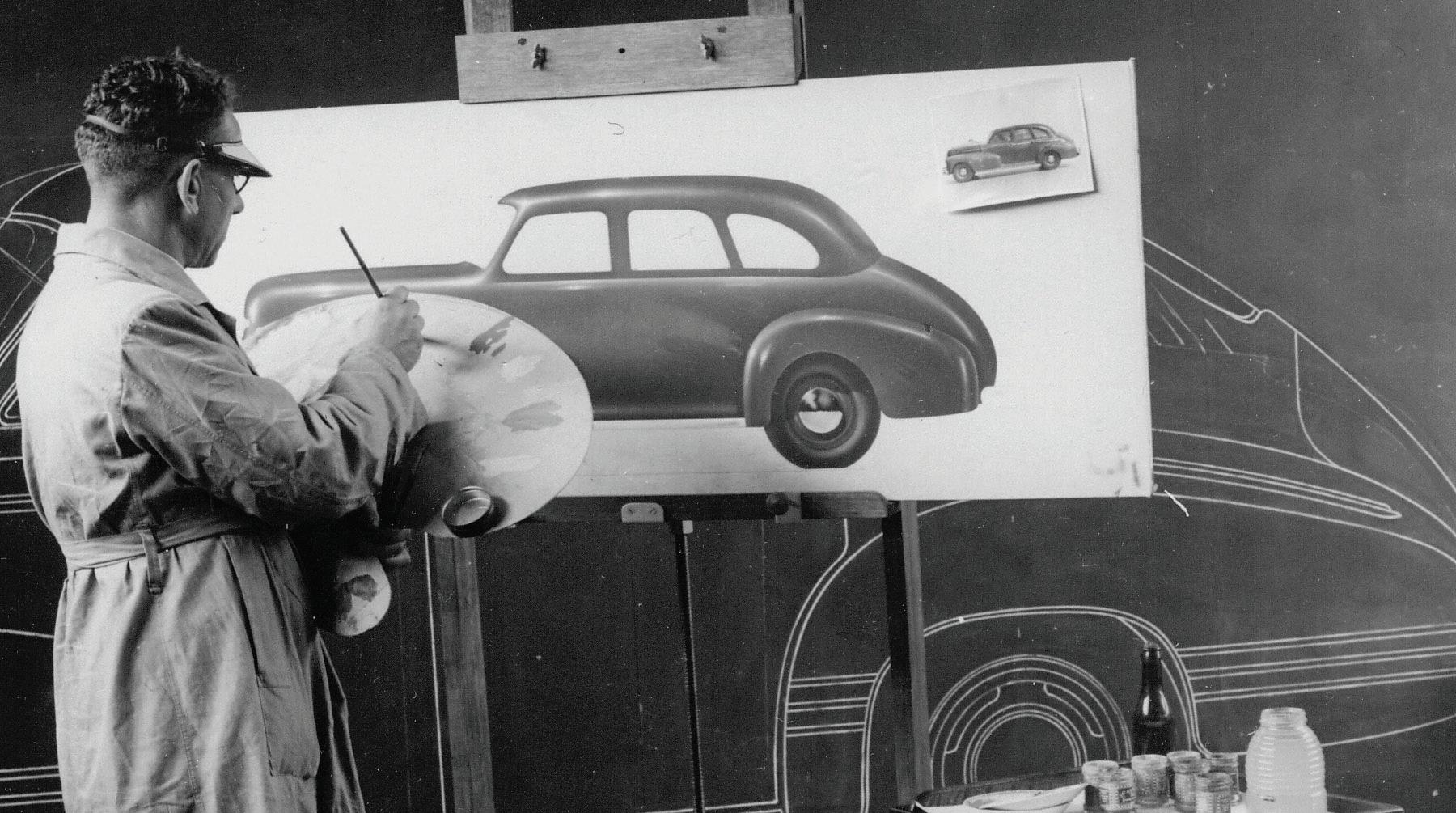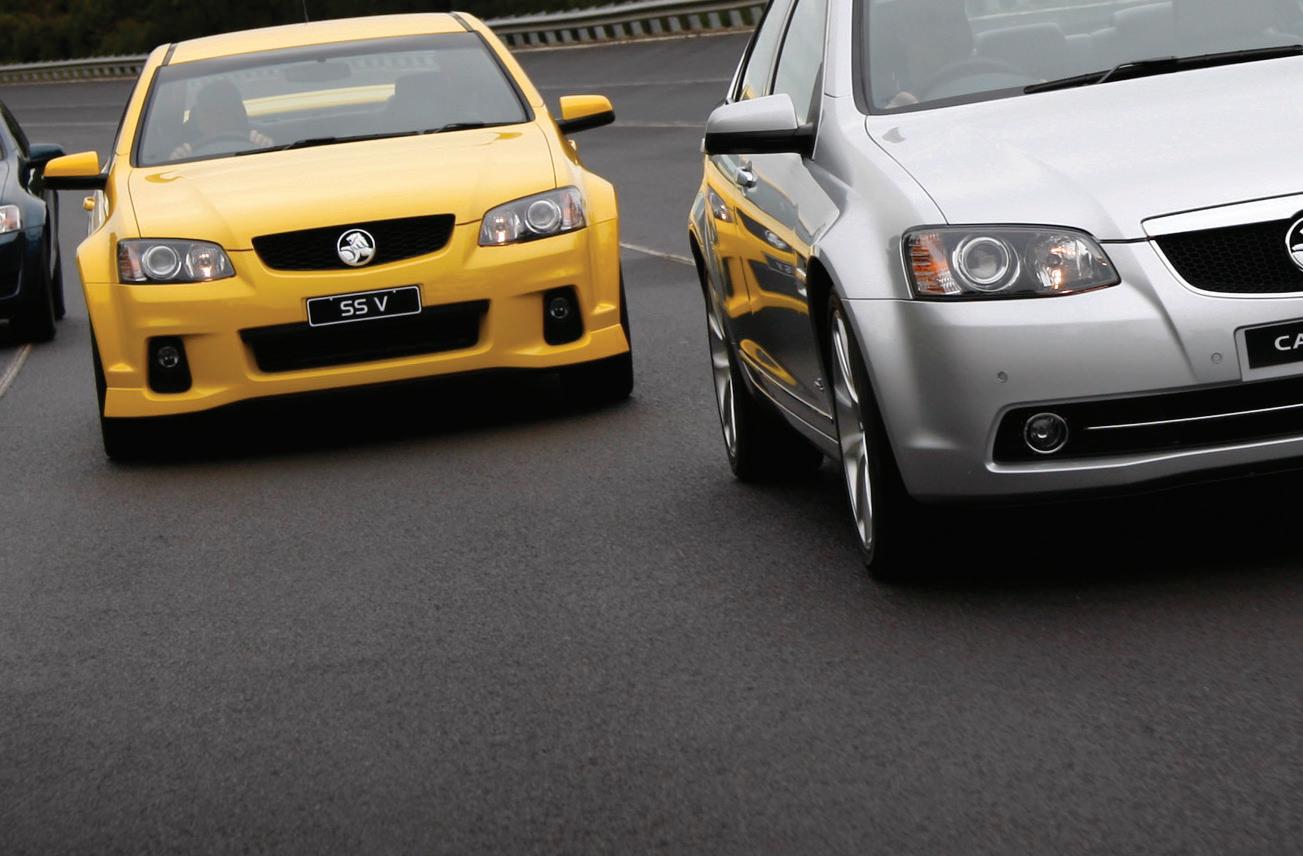
11 minute read
Holden No More – GM puts the Lion to sleep
from VTE March 2020
by Possprint
The Lion sleeps tonight
It seems there is in every Australian, a connection of sorts with Holden, for me it was my father a migrant whose first job was on the production line at Fisherman’s Bend. For others it was owning a Holden at some stage, or merely just barracking for the badge at Bathurst. That connection was severed abruptly by General Motors on 17 February 2020.

Until recently, countless SAE-A engineers of all types; mechanical, electrical, design … have worked directly with Holden or for second or third tier suppliers and they have been a very strong part of the SAE-A. Our own president and CEO Adrian Feeney was one of those as was current board member Kate Cousins. It would be unthinkable for this magazine to not review what has been Holden and what is to come, some of the best engineers Australia has spawned built the brand and it is not on their shoulders that it fell. Shouldering that responsibility is General Motors but also a change in so many things: the ways in which vehicles are built, economies of scale, labour costs, polarisation of vehicle tastes, our small right-hand drive market, the list is long. This is not the same as Nissan, Mitsubishi, Toyota or Ford ceasing production in Australia, they were always overseas brands. Holden was Australia’s brand and while production may have stopped on 20 October
2017 when the last existing vehicle plant in Elizabeth, South Australia closed the brand survived that albeit thanks to the General Motors moniker which it has had tacked onto its name since 1931. By next year Holden’s Australia and New Zealand operations in engineering, design and financial services will close and the brand will be put to sleep. Holden staff will lose their jobs by the end of June 2020. Work at the Port Melbourne site will be wound down by the end of June 2020 and the Lang Lang facility will finish up in August. However, SAE-A Chairman and CEO Adrian Feeney said the Holden engineering cuts were less than a quarter of the total number of engineers employed in Australia’s auto industry. “Australian based car, truck and specialist vehicle companies employ thousands of

world-class auto engineers, and Holden is only part of the story,” Mr Feeney said. “Several companies are capitalising on the special talents of Australia’s engineers, and one new start-up is already recruiting direct from Holden.” Sales slips Last year Holden announced it was axing the Commodore and Astra lines following slipping sales, and despite media speculation about possible heavy discounting of Holden’s in showrooms following the announcement, Commodore sales collapsed. Only 132 units were sold in February 2020, which is a stark contrast to when Holden sold 10,028 Commodore VTs in March 1998. Sinking domestic sales meant demand for Holden vehicles was down by almost 29 percent to just 43,176 in 2019. Dealers’ dilemma Unlike ceasing production in Australia, this closure has hit Holden’s 216 dealer network (185 in Australia and 31 in New Zealand) and the thousands of staff employed in sales, parts, administration and servicing. GM has committed to providing compensation for its dealers and to allow them to transition to other brands or to close. They will also have the opportunity to continue as dedicated Holden service centres and to maintain a supply of spare parts for at least 10 years for the 1.6 million Holden cars on Australian roads.
According to the Australian Automotive Dealer Association (AADA) dealers and their employees will bear the brunt of General Motors’ decision. “There has been a lot of talk about the 600 jobs that will be lost at Holden’s head office. These amount to very little compared to the people employed in Holden dealerships both in regional and metro Australia, a figure which could be as high as 6000,” said AADA CEO James Voortman. “Dealers typically own millions of dollars’ worth of vehicle inventory, special tools and equipment, parts and bespoke facilities built to the exacting specification of the manufacturers,” he said. “On top of that, dealers have often invested in long term leases, extending to a decade or more for these facilities. We know of dealers who are in the process of spending significant capital in upgrading or building showrooms, an investment demanded of them by Holden.” We expect that these investments and commitments will be taken into consideration. Government reaction The federal government has criticised GM for making its decision without consultation with Prime Minister Scott Morrison saying he was disappointed and angry but not surprised. “Australian taxpayers put millions into this
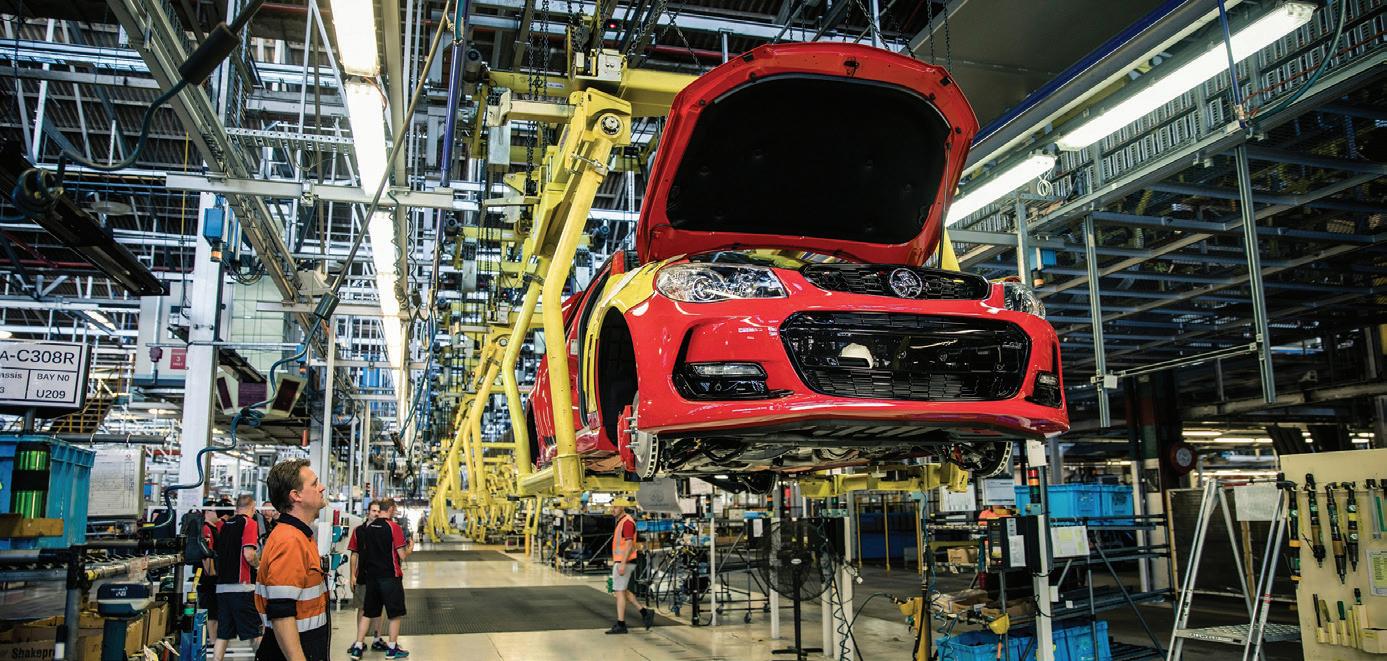

multinational company and they let the brand just wither away on their watch,” Mr Morrison has said. In 2013, it was revealed that $2.17 billion was provided in subsidies over 12 years to help keep thousands of jobs. A parliamentary inquiry has been announced to investigate GM’s decision, which is being led by Australian Labor Party Senator for Western Australia Louise Pratt, the Senate inquiry was passed unopposed when it was put to the vote in the upper house. The inquiry will look at the impacts on local Holden workers, dealers and owners, as well as the fate of Holden’s extensive research and development assets. It will also look into the government’s proposed amendments to the franchise code, which will have an impact on policy settings in relation to dealerships. A very brief history of Holden
1856 Holden begins as a South Australian saddlery business. 1917 Holden manufactures vehicle bodies. 1931 General Motors buys Holden Motor Body Builders. 1948 The FX, the first Australian-designed car, is released. 1951 Holden’s first ute goes on sale. 1958 South Australian manufacturing plant opens at Elizabeth, though it does not assemble its first full car until 1965. 1968 Kingswood and Monaro enter the market. 1969 Holden makes its first V8 engine. 1971 Holden launches the HQ model. Considered by some to be the best Holden ever. 1978 Commodore replaces Kingswood. 1990 Holden’s last Australian boss, John Bagshaw leaves the company. 2003 Holden opens $400m V6 engine plant at Port Melbourne, exports to Korea, China and Mexico begin. Toyota takes Holden’s position as top-selling car brand. 2009 Parent company, General Motors, files for bankruptcy in the US but survives. 2013 Prime minister Tony Abbott says the government will reduce support for automotive manufacturers despite appeals for help. 2013 Holden decides to end manufacturing in Australia by 2017. The Holden Commodore is to become a fully imported car. 2017 The company rolls its last car off the assembly line on October 20, ending more than 50 years of car production on the Elizabeth site. 2019 GM announces it will discontinue its Commodore and Astra models in 2020. 2020 General Motors announces the retirement of the Holden brand in Australia and New Zealand.

Bad news yes, disaster no While it was once the backbone of Australian manufacturing, the car industry lost that title quite some time ago and if the public missed the bulletin then the manufacturing industry did not. It has been reinventing itself tirelessly. VTE in itself is testament to the morphing of what was once the car industry, underneath the glamour of car making there was and remains a vibrant truck and bus industry that has been plugging away for years out of the spotlight. There is a strong and high-tech workforce in defence and aerospace that are making huge inroads. Companies such as PACCAR, that builds Australia’s DAF and Kenworth trucks, and HSV, which builds right-handdrive versions of American cars already employ hundreds of engineers. “And then there is VinFast, the Vietnamese car maker which is recruiting its engineers from Europe and Australia and it already employs dozens of engineers in Melbourne,” SAE-A CEO Mr Feeney said. Mr Feeney said that Holdens’ demise was low point in Australia’s automotive history, especially for the people who would lose their jobs, but it did have a potential silver lining. “As a former Holden engineer myself, I feel for all these good people, many of whom have been my colleagues and friends, but they are too good not to rise again,” he said. “You can be sure that a host of emerging electric and


autonomous vehicle makers will join the likes of VinFast in looking to Australia for their best engineers. “Now is the time for government, industry and the educational sector to strengthen their resolve and offer Australia’s engineering capabilities more than ever to global customers.” VinFast already has a significant number of former GM employees in the ranks of its senior staff with CEO James DeLuca, director of design Dave Lyon, engineering vicepresident Kevin Fisher and the most senior Australian employed, vice-president of manufacturing Shaun Calvert. It has also been reported that VinFast has made some noises about an interest in acquiring Holden’s design and engineering facilities including the Lang Lang test centre. The company already has an office in Port Melbourne where it hopes to add more Australian engineers to its staff numbers. VinFast Engineering Australia has 25-year Holden veteran Kevin Yardley, and chassis and powertrain integration engineer Joe Sawyer, a 23-year Holden veteran in its ranks. Apparently, though there could be a contest to buy Holden’s test track at Lang Lang with reports that transport magnate Lindsay Fox has become interested in the proposition. His company already owns what was once the International Harvester test track at Anglesea which is used by many car brands and engineering companies. Holden’s test track is on an 877-hectare site near the town of Lang Lang south-east of Melbourne with 44

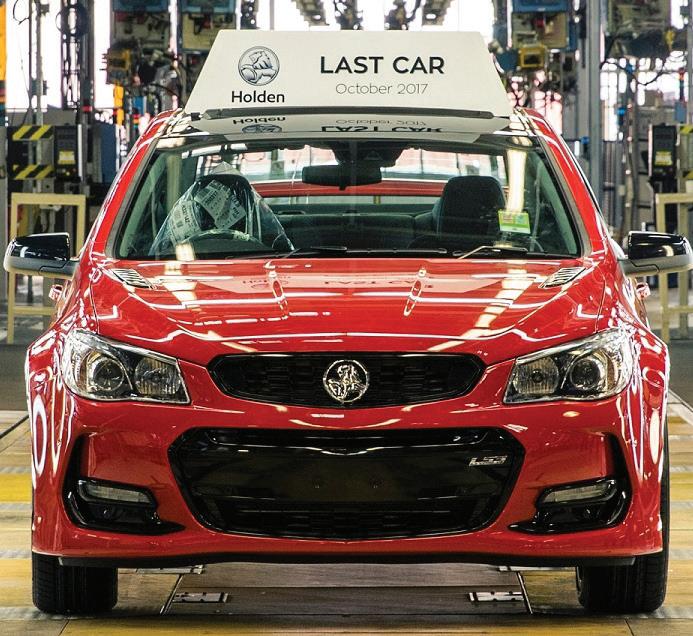
kilometres of roads including a 4.7 kilometre four-lane high-speed oval, a 5.5 kilometre ride and handling course, a 1.8 kilometre noise testing area and a 100-metre diameter skid pan. The test track also has an obstacle course, an off-road test area and water crossings. In 2018 Holden spent $15.9 million updating the facility which also has an emissions lab. Holden no longer a SuperCar Now that the Holden badge is to be no more, the company has also refused to commit to remaining in the SuperCars championship which started out as a two-make series – it has had a smattering of other brands but it is essentially, or was, a Holden versus Ford affair. Many teams have sought meetings with Holden, some have succeeded others not but there is no word on what will transpire. There is a lot of money tied up with the Holden teams. But it’s not just motorsport that will feel the effects, Collingwood Football Club has been sponsored by Holden for years, its deal concludes at the end of this year. The NRL is already in talks with multiple brands in the search for a replacement sponsor for the State of Origin.

HSV – will it remain Holden Special Vehicles Perhaps the only company that could uphold the Holden name may be Holden Special Vehicles. They are not reliant on GM for their existence, although there is a heavy-duty tie-up between them it may play out that HSV is forced to change its name to General Motors Specialised Vehicles thus the name Holden will be completely relegated to history. HSV remanufactures Camaro muscle cars, and Silverado pick-ups from left to right-handdrive in Melbourne. While parent company Walkinshaw Automotive Group converts the Ram 1500 and 2500 pick-ups in the same facility. Defence is one opportunity Minister for Defence Industry, Melissa Price, has indicated that Defence may be one answer to the problem of finding new work for Holden engineers and tradespeople after the Defence Department and National Naval Shipbuilding College officials held talks with General Motors about redeployment opportunities. According to Minister Price, the 2017 Naval Shipbuilding Plan identified that the existing automotive workforce, especially engineers and trade workers to be potential sources
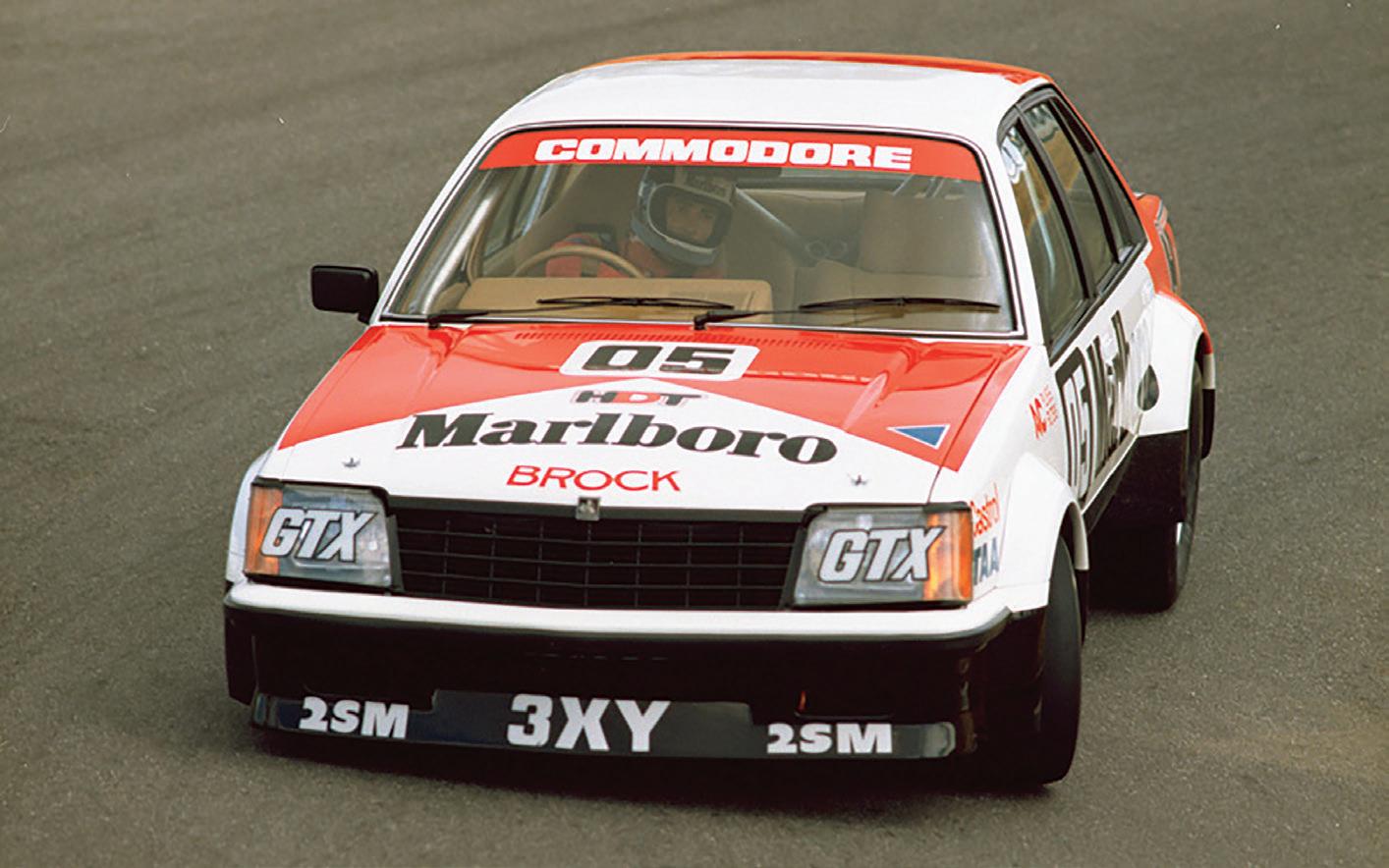
of recruitment for defence industry work. Of course, there will be a need for re-skilling as the jobs are not identical, but the government is considering what may be possible for the future. General Motors, the Naval Shipbuilding College and the Land Engineering Agency are expected to map out the skills and the experience of the Holden workforce to see whether there are synergies. Those interested in the shipbuilding program can register on the Naval Shipbuilding College Workforce Register by getting in contact with the National Naval Shipbuilding Office in South Australia. Holden’s icons According to recent report head of Holden design, Mike Simcoe is personally conducting investigations into what can be done to preserve Holden’s iconic cars including its concept vehicles. Included in this is Holden’s collection of historical vehicles and its archive of information. In the near future it is expected that a plan will be in place, it is hoped that these vehicles will remain in Australia.

